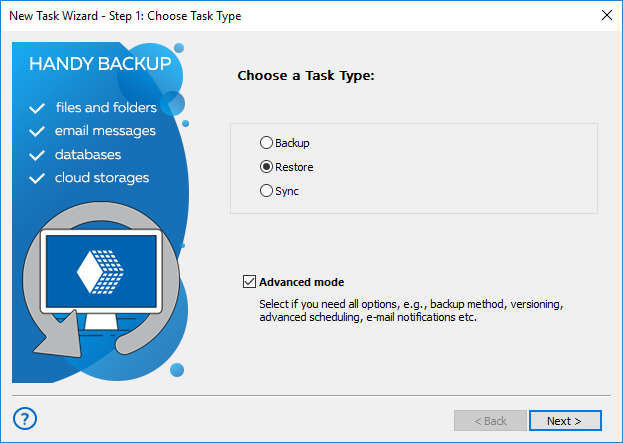

As a result, you'll see storage costs that correspond to the snapshot retention selected as a part of VM backup policy. Snapshots are stored along with the disks to speed up recovery point creation and restore operations. Frequently asked questions What are the cost implications of Instant restore? For weekly policies, the snapshot retention is fixed to five days. You can change the value to a minimum of 1 and a maximum of five days.

The default snapshot retention for each policy is set to two days. Set-AzRecoveryServicesBackupProtectionPolicy -policy $bkpPol
#Backup recovery service cost hd update
Once upgraded to Instant restore, you can't go back.įrom Az PowerShell version 1.6.0 onwards, you can update the instant restore snapshot retention period in policy using PowerShell $bkpPol = Get-AzRecoveryServicesBackupProtectionPolicy -WorkloadType "AzureVM" This will help you save cost for snapshot retention if you don’t perform restores frequently. Depending on the requirement, you can set the snapshot retention to a minimum of one day in the backup policy pane as explained below.
#Backup recovery service cost hd free
The 50% free space isn't a requirement for backups after the first backup is complete.Ĭurrently, the backup job consists of two phases:

It speeds up restore operations for a wide variety of VM configurations. This ability exists even when the VM has disks that are distributed across storage accounts. Ability to use an unmanaged VMs original storage accounts (per disk), when restoring.Supports Standard SSD disks along with Standard HDD disks and Premium SSD disks.Resizing of disks isn't recommended by Azure Backup. This default snapshot retention value is configurable to any value between 1 to 5 days. Reduces backup and restore times by retaining snapshots locally, for two days by default.It reduces the wait time for snapshots to copy to the vault before triggering restore. Ability to use snapshots taken as part of a backup job that's available for recovery without waiting for data transfer to the vault to finish.The new model for Instant Restore provides the following feature enhancements: Based on feedback from users, we've renamed VM backup stack V2 to Instant Restore to reduce confusion with Azure Stack functionality.Īll Azure Backup users have now been upgraded to Instant Restore.


 0 kommentar(er)
0 kommentar(er)
